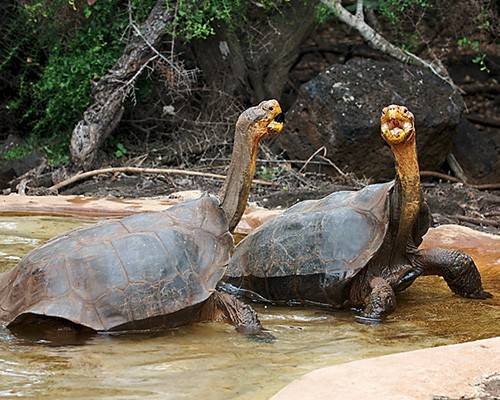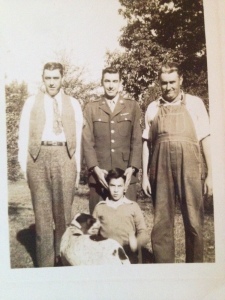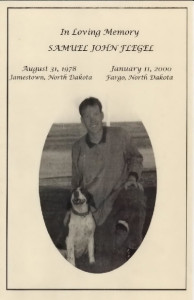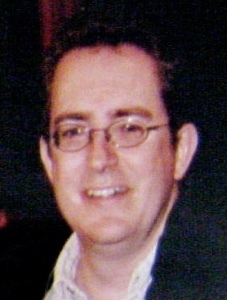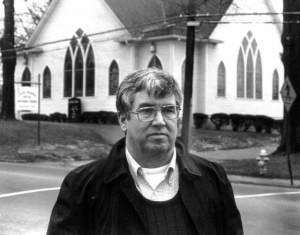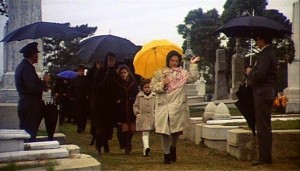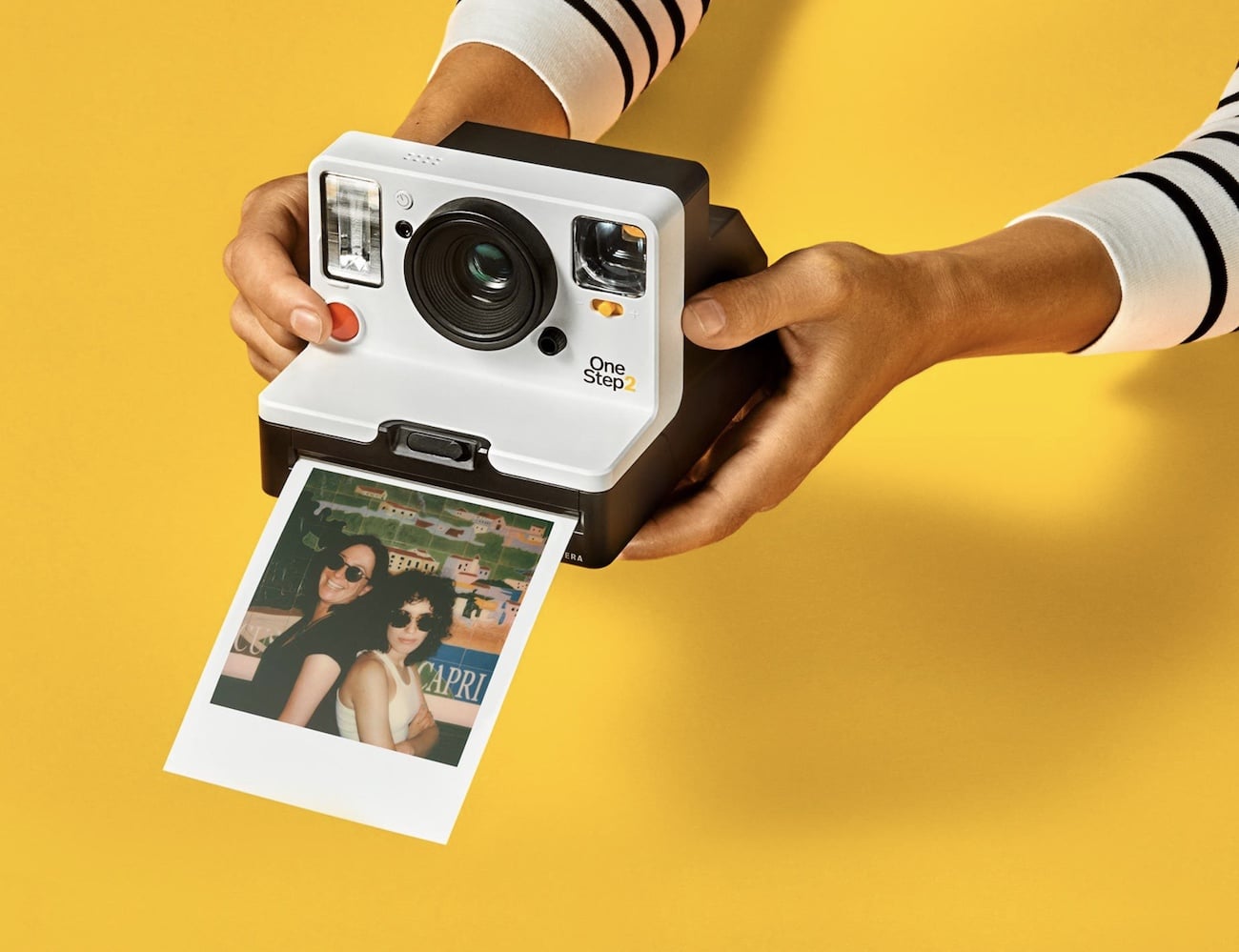
Nearly 50 years ago, Dr. Edwin Land, the genius who invented the Polaroid/Land Camera, made a cryptic short film — just him in a lab coat wandering through a gutted factory talking about the future of cameras. He pulled out a wallet that looked like an iPhone for size comparison and spoke of “a camera that would be like, oh, the telephone…our long awaited ultimate camera that is a part of the evolving human being.”
The bold prediction underpins Instant Dreams, a trippy documentary about the film and device that not only made it possible to develop images in less than a minute, but ushered in the very era of immediacy that would eventually kill the Polaroid camera. As much about the birth of digital photography as the death of the analog process, the film peeks into the lives of aficionados who still favor the point-and-shoot method over digital trickery.
“For a product to be truly new, the world must not be ready for it,” Land said in the home video, which unwittingly forecast the emergence of cell phones when he introduced the Polaroid in February 1947. What Land could not have envisioned were the photographers, artists and others who would not let go of his outdated technology even after his death in 1991 or his company’s demise in 2008.
Directed by Dutch filmmaker Willem Baptist, Dreams follows quirky camera buffs, including German-born artist Stefanie Schneider, who wanders the deserts of the American Southwest in a vintage pink bathrobe and Crocs, taking Polaroid art shots of her hen and whatever model she can engage for the day. She keep a hoard of foil-packet, expiration-dated Polaroid film stockpiled in her vintage fridge because “Colors show up in a very very different way, not what you actually see with your eyes” on these photographs. She relishes even the splotches, bars or streaks, the age-or-light induced imperfections of such images.
We meet Stephen Herchen, a retired chemist who continues to work with and touts Polaroid film as one of the most complex analog chemical processes “that’s ever been created.” We meet New York magazine editor Chris Bonanos, author of Instant: The Story of Polaroid, who provides the history the camera and preaches and practices its use, a prophet for an analog religion that has all but disappeared in the digital age.
We hear newsman Lowell Thomas on old newsreels, extolling the virtues of this “new” technology — “press a button, and have a picture.” Long-dead science fiction writer Arthur C. Clarke discusses how tricky it is, predicting the future and being ahead of your time, as Land was.
Author Bonanos describes and even demonstrates (Baptist follows him to parties, out in public with his camera) the “social” interchange” that is part of why he thinks of this process as inherently human; waiting for the shot to develop, the writer says, “forces you to make small talk to fill in the moment.” The cameras were criticized back in the day for not providing images as sharp as 35mm film, an idea which Bonanos dismisses — “The eye forgives everything if it’s a good photograph.”
The film also does a canny job of illustrating the camera’s distinctiveness — the Polaroid remains the only camera that does not leave a trace of itself after taking a shot: no negatives, no digital storage capacity. Each picture, Dreams underscores, is distinct unto itself, like a fingerprint or snowflake.
What’s missing from the film is the sense of fun the camera itself provided. The score is often brooding, the testimonies of its demise usually melancholy. There’s little whimsy here, including the beauty of tactile connection with old technology, from wrist watches to turntables to instant cameras. Dreams could have used a scene or two shot in the fun, washed out, overexposed tone that made Polaroid so distinct. And it completely ignores the commercial resurgence of instant cameras; a casual glance at Amazon demonstrates instant film is hardly dead.
Which is a relief. Instant Dreams can be too somber at times, but, like the film itself, give it some time and its beauty comes into focus.

